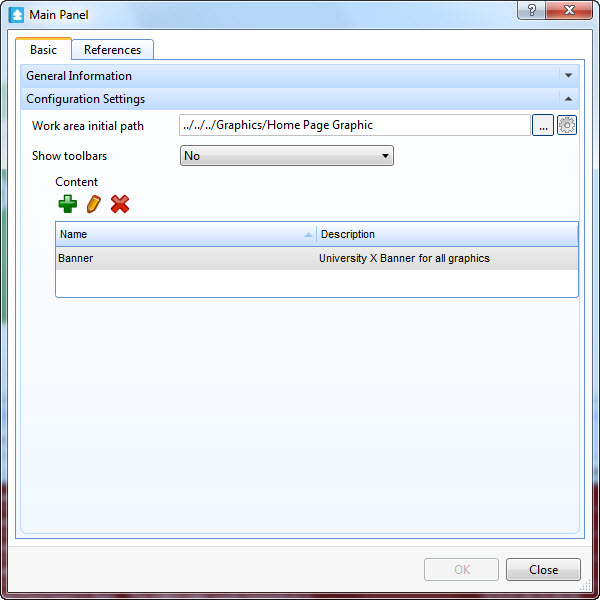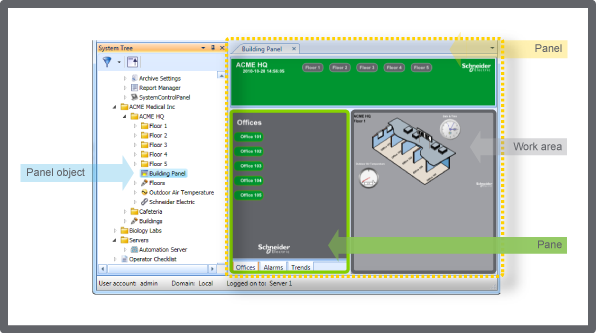Log on to rate and give feedback
1
2
3
4
5
Log on to rate
0

How to
Products:
Automation Server, AS-B, Enterprise Server, AS-P, Virtual Project Servers
Functionalities:
User Management
Product version:
1.9
12/14/2016
Editing a Panel
You edit the properties of the panel and the components included in the panel to rearange its appearance.
To edit a panel
In WorkStation, in the System Tree pane, select the panel you want to edit.
On the File menu, click Properties .
Edit the properties of the panel.
action_zoom_plus_stroke 
Click OK .
Click Close .
 Panel Components
Panel Components
 Creating a Panel
Creating a Panel
 Panel Properties
Panel Properties
